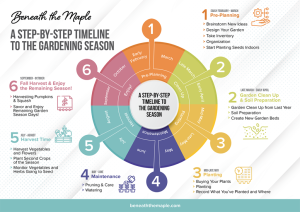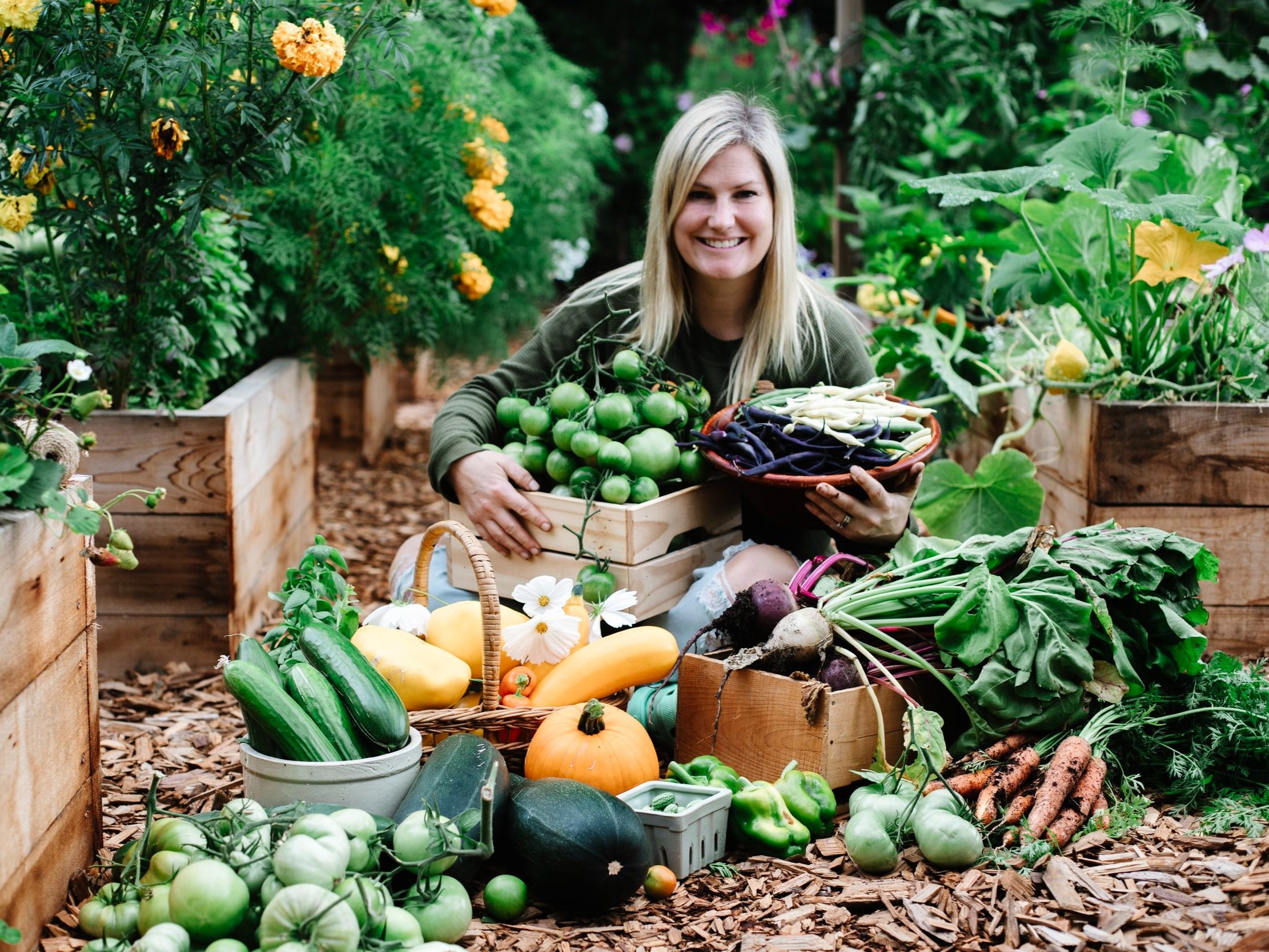Gardening is a rewarding and therapeutic activity that allows you to connect with nature while beautifying your space and even growing your own food. However, success in the garden isn’t just about planting seeds and hoping for the best—it all starts with a well-thought-out plan. One of the most common questions among aspiring and seasoned gardeners alike is, “When is the best time to start planning a garden?” The answer depends on your climate, your gardening goals, and how prepared you want to be, but generally speaking, the best time to start planning your garden is late winter to early spring.
This article explores why this is the ideal time, what steps to take during the planning phase, and tips for different types of gardens.
Why Planning Ahead Matters
Before diving into the calendar, it’s important to understand why planning your garden early is crucial:
-
Avoid mistakes: Improper spacing, wrong plant choices, or poor timing can lead to disappointing results. Planning reduces these risks.
-
Maximize yield: A thoughtfully designed garden ensures you get the most out of your space and time.
-
Budget efficiently: Planning ahead helps you avoid impulse buys and prioritize the essentials.
-
Beat the rush: Nurseries and garden centers get busy in spring. Early planning allows you to purchase seeds and supplies before they sell out.
Late Winter to Early Spring: The Ideal Window
Late winter (January to March, depending on your location) is often considered the prime time to begin planning. During this season, gardeners are less preoccupied with maintenance tasks like watering or weeding, providing a perfect opportunity to sit down with a notebook (or garden planner app) and map things out. 
Here’s why this timing works so well:
-
Seed catalogs are available: Most seed companies release their catalogs in late winter. This allows you to research and order early.
-
Time for indoor seed starting: If you’re starting seeds indoors, especially vegetables like tomatoes, peppers, and herbs, you’ll want to begin 6–10 weeks before your last frost date.
-
Preparation before planting season: By planning early, you can prepare beds, gather supplies, and build infrastructure (like raised beds or trellises) in time for spring.
Know Your Zone and Frost Dates
A crucial part of garden planning involves understanding your USDA Hardiness Zone (or equivalent if outside the U.S.) and local first and last frost dates. These determine when it’s safe to plant certain types of flowers, vegetables, or shrubs.
For example:
-
In Zone 5, the last frost date might be in early May, so you would want to start planning in January or February.
-
In Zone 9, with a last frost date in February, your planning would ideally begin in December or January.
Use this information to create a planting schedule and ensure you’re not sowing seeds too early or too late.
Key Steps in Garden Planning
1. Evaluate Your Space
Start by assessing your available garden area. Take measurements, note sunlight patterns, and check soil condition. Ask yourself:
-
How much sun does each part get?
-
Is the soil well-draining?
-
Do you need to amend the soil or build raised beds?
2. Set Your Goals
What kind of garden do you want? Some options include:
-
Vegetable garden: Great for those wanting fresh produce.
-
Pollinator garden: Focused on attracting bees, butterflies, and other beneficial insects.
-
Cutting garden: Designed for growing flowers to bring indoors.
-
Herb garden: Perfect for culinary and medicinal uses.
Identifying your goals will guide plant selection and layout.
3. Make a Garden Plan
Sketch a layout of your garden. Consider:
-
Plant spacing
-
Crop rotation (especially for vegetable gardens)
-
Companion planting
-
Pathways and access
There are free tools and apps available to help you design your garden virtually if you prefer digital planning.
4. Choose Your Plants
Research plants that thrive in your zone and match your goals. Make a list of:
-
Annuals vs. perennials
-
Cool-season vs. warm-season crops
-
Seed-starting vs. transplanting
Pay attention to:
-
Days to maturity
-
Sun and water needs
-
Disease resistance
5. Create a Planting Calendar
Based on your frost dates and plant choices, create a schedule for:
-
Starting seeds indoors
-
Transplanting seedlings
-
Direct sowing outdoors
-
Successive planting for prolonged harvest
This calendar will be your go-to guide throughout the season.
6. Gather Supplies
As you solidify your plan, make a checklist of tools and materials you’ll need, including:
-
Seeds and seedlings
-
Soil amendments (compost, fertilizer)
-
Pots or trays for seed starting
-
Mulch, stakes, trellises, etc.
Buying early often means better selection and sometimes lower prices.
Year-Round Considerations
While late winter to early spring is ideal for planning a spring and summer garden, you can (and should) plan year-round if you’re interested in four-season gardening or live in a mild climate.
-
Fall: Consider planting garlic, onions, and cover crops.
-
Winter: Focus on maintenance and reflecting on the past season.
-
Spring: Time for planting and implementing your plans.
-
Summer: Monitor progress, harvest, and start planning for fall crops.
A well-maintained garden journal can help you track what worked and what didn’t, making future planning more efficient.
Planning for Different Types of Gardeners
-
Beginners: Start small. Consider container gardening or a few raised beds. Choose easy-to-grow plants like lettuce, beans, marigolds, and zinnias.
-
Urban Gardeners: Focus on vertical space, container-friendly varieties, and maximizing sunlight.
-
Experienced Gardeners: Experiment with crop rotation, succession planting, or introducing new species.
Final Thoughts
The best time to start planning your garden is before the soil thaws and the first warm days lure you outside. Late winter and early spring offer the perfect opportunity to reflect, dream, research, and organize—so when planting season arrives, you’re ready to hit the ground running.
By planning ahead, you’re setting yourself up for a more productive, less stressful, and ultimately more enjoyable gardening season. Happy planning, and may your garden thrive!
